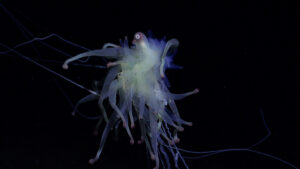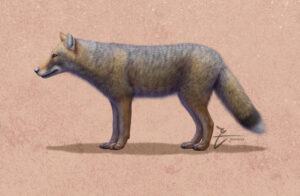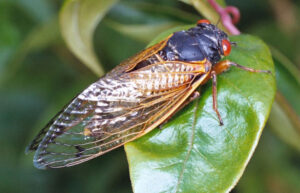Die-hard fans of The X- Files will remember the name “Tunguska”. FBI Agent Fox Mulder traveled to Siberia to investigate a supposed fragment of a meteor containing an extraterrestrial pathogen. This episode is one of the most iconic of the series, popularizing the real-life event that took place over 100 years ago in the remote Siberian wilderness.
On the crisp, cloudless morning of June 30, 1908, eyewitnesses saw a bluish heavenly body, almost as bright as our sun, descending to the Earth. A huge explosion followed, sending a powerful shock wave that could be felt as far as Indonesia. This was called the Tunguska Event, and scientists have yet to put the pieces together.
The indigenous Evenks of Siberia believed that their fire god Ogda came to destroy them in a celestial ball of destruction. Many assumed that Nikola Tesla’s death ray was to blame. And the religious prepared for the end of the world. The list of theories went on, but a look to our skies provided the answer.
One of the most powerful objects ever to hit Earth
While there have been extinction-level events in the past, the Tunguska Event is high on the list of most powerful impacts on Earth. However, some choose not to describe it as an impact event, as there was no crater. Rather, the evidence collected over a 2,150 square kilometre area found 80 million trees felled or stripped bare of leaves, house windows shattered, and hundreds of reindeer dead.

Flattened trees at Tunguska. Photo: NASA
Witnesses heard a series of thunderous booms and felt an intense heat, and a fierce wind knocked them off their feet. These effects stretched over 500km. Even scientific instruments in Europe registered the event. An ominous glow lit the sky for days, because of dust suspended in the atmosphere. A 32km meteor trail lasted many hours, and there were no confirmed deaths. Some reported acid rain. Unfortunately, scientific inquiries did not take place until several years later due to the volatile political climate and the subsequent Russian Revolution.
In 1921, mineralogist Leonid Kulik visited the area and suggested a meteor strike. There was no crater and he did not find fragments. However, he managed to map an eight-kilometre zone of burnt trees. Strangely enough, the pattern of burnt trees resembled a butterfly and spread out from a central point.
Scientists started to believe that this might have been a case of a cosmic airburst rather than a direct impact. Some proposed that Lake Cheko was the impact crater, but this remains a subject of dispute.

Photo taken on Kulik’s expedition in 1929.
Zeroing in on the object’s identity
Subsequent expeditions analyzed soil samples, which showed minerals commonly found in meteorites. This included high concentrations of nickel, silicate, and magnetite.
The presence of a substance called lonsdaleite in the surrounding peat bog begged further questions. This crystallized material is associated with meteor debris. It forms when intense heat and the shock of impact transform graphite in the meteor into a diamond-like object. The meteor was originally 100 to 200m across but lost mass in the atmosphere. It was 50m in diameter by the time it exploded 10km above the Earth’s surface. The blast was much more powerful than an atomic bomb, equivalent to up to 30 megatons.
NASA determined that it traveled to our planet at 54,000kph and its temperature was 24,700℃ when it exploded. Soviet scientists created simulations with explosives and discovered that the object would have come at an angle of 30°.
In 1947, another airburst took place in Sikhote Alin in southeast Russia. It has a similar story, minus the flattened trees. At 5.6km above the ground, the nickel-iron-sulfur meteor exploded. However, craters from the meteor’s fragments were discovered.

10th-anniversary stamp of the Sikhote Alin meteor. Photo: Philip R Burns/Wikipedia
Meteor or comet?
Where the heated debate really starts is whether Tunguska was in fact a meteor or an icy comet. The latter is prone to explosions because of friction and rapid evaporation. Also, noctilucent clouds form when there is a high concentration of ice in the atmosphere. These clouds have been linked to comets and occurred during the 2013 Chelyabinsk airburst.
Yet the minerals found do not line up with a comet’s composition. As of now, scientists classify the Tunguska meteor as a “dark asteroid”, meaning that it was composed mostly of silicate, iron, and nickel.

Meteor trail at Chelyabinsk. Photo: Miguel/Shutterstock
It is an unsettling truth of our planet. As we go about our day, objects from space continually enter our atmosphere. Satellites and telescopes keep a watchful eye on our skies, making sure there are no disasters heading our way. This amount of energy at Tunguska could easily destroy a city, and these airbursts are bound to occur every few hundred years. Luckily, many space objects head for the ocean or remote corners of Russia, as Russia counts for 11% of the Earth’s landmass. In appreciation for its power, June 30 has become Asteroid Day.






